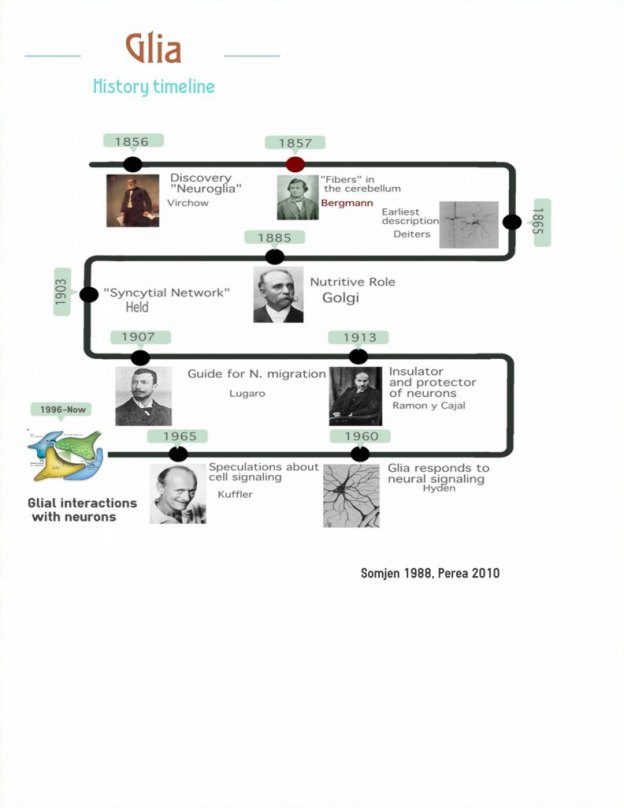While teaching history of neuroscience to teenager undergrad biology students, one of the biggest challenges is to keep their attention for 60 minutes while talking about things that happened a long time ago. These young students are eager to learn about how the brain works, about the biological, chemical and electrical processes that shape who we are. Most of them can’t wait to go to the lab and get down to work, but before starting with the physiological part, it is very important for them to understand how the knowledge we have now was acquired in the past, how difficult it was for researchers 50 years ago to design and perform scientific experiments without the technology we have today. For me, as a teacher of future scientists, it is important that they learn about the life of those scientists that lived and worked before us, about the struggles and rewards of dedicating your life to scientific research. It can be a real challenge for them to recapitulate the significant events and discoveries that occurred over a long period of time in the field of neuroscience, in a way that is easy to comprehend and to remember.
Easel.ly provides very useful tools to make conceptual maps of historic events in a way that is appealing and easy to understand. Also, by making these maps, they acquire the ability to summarize information and explain it in a simple way, a skill that will be very useful for them in the future. A scientist must be capable of producing new data, but also must be able to communicate it to people who are not experts in the field. I am very proud of them because they worked as a team and summarized all the content we studied in class to make some very useful infographics that we will soon display during our Science and Technology week at the end of the month.
